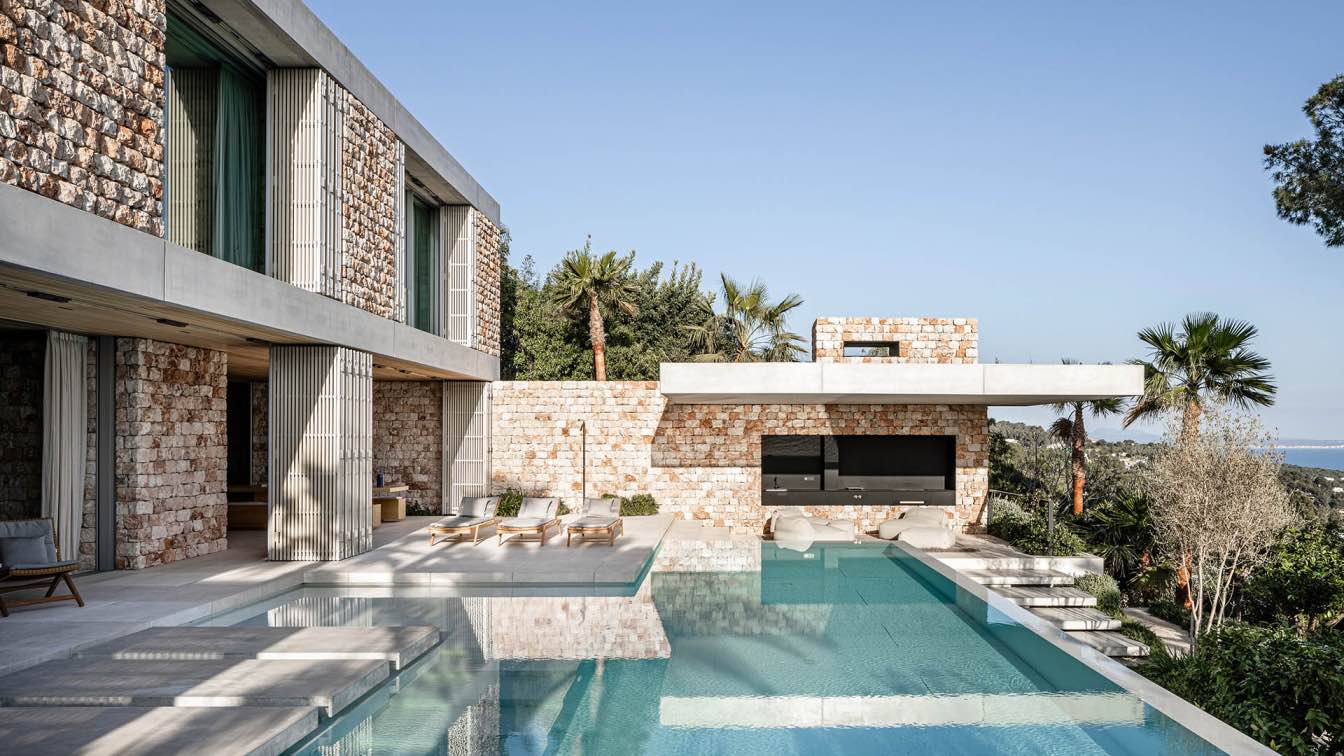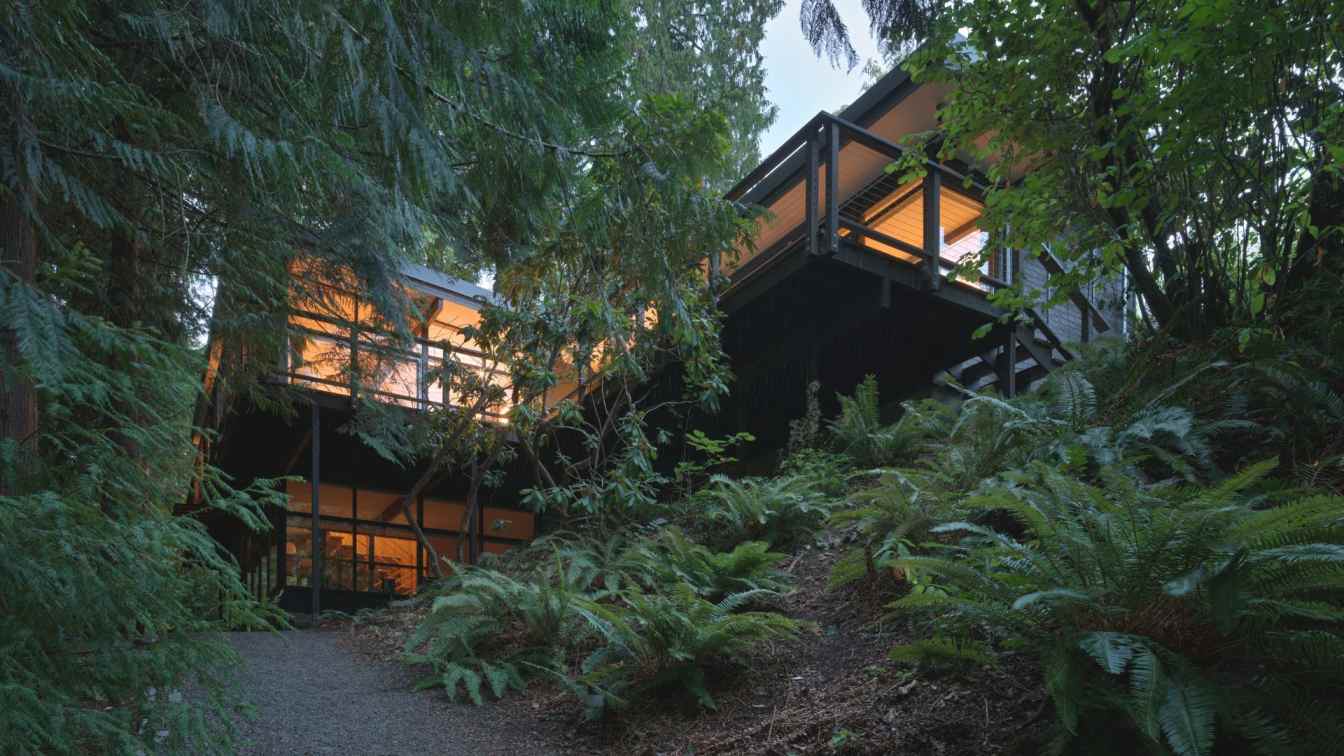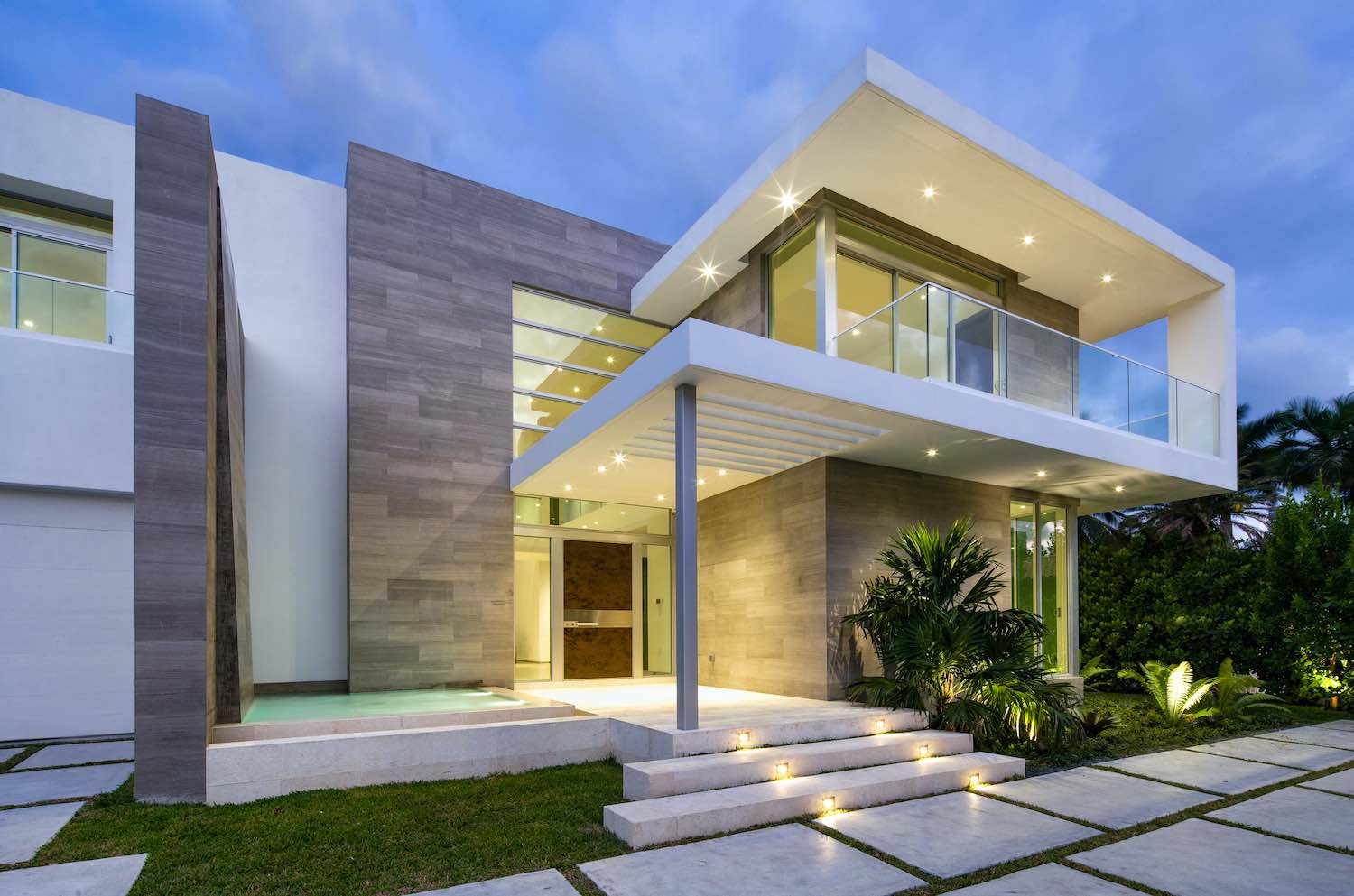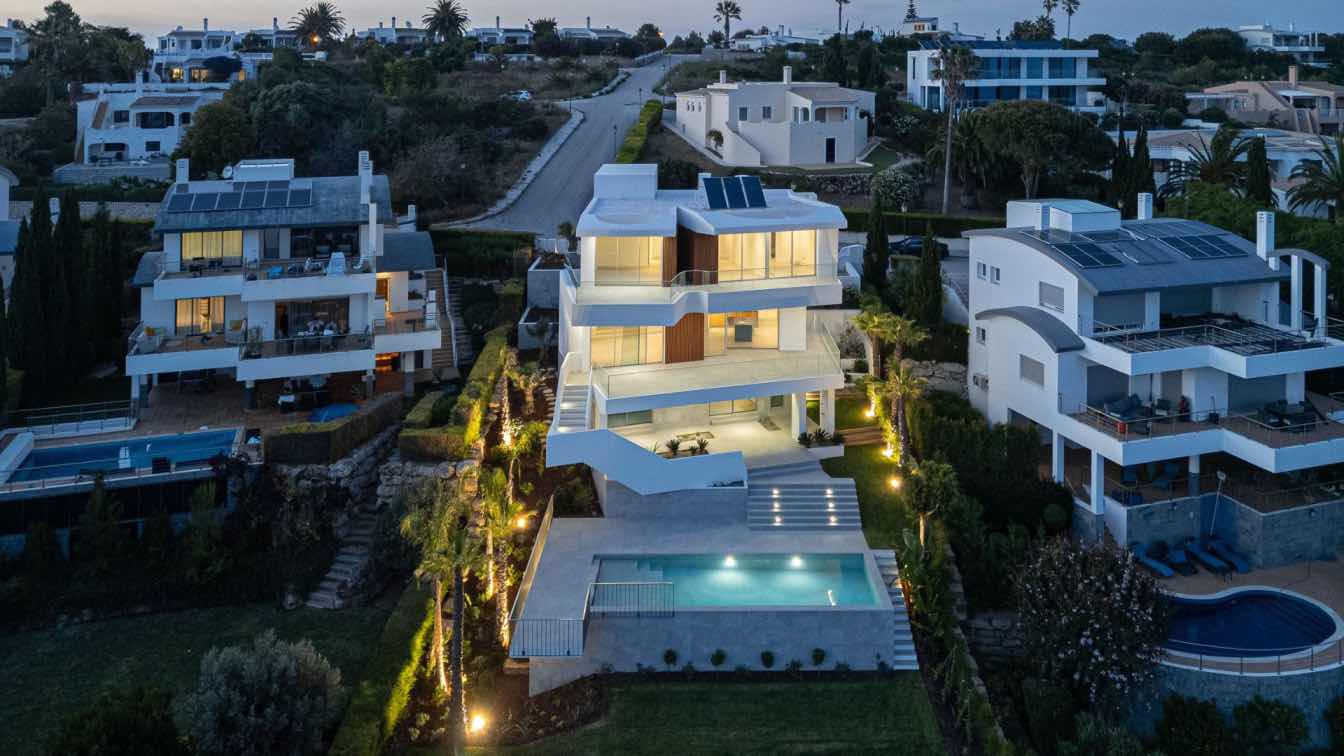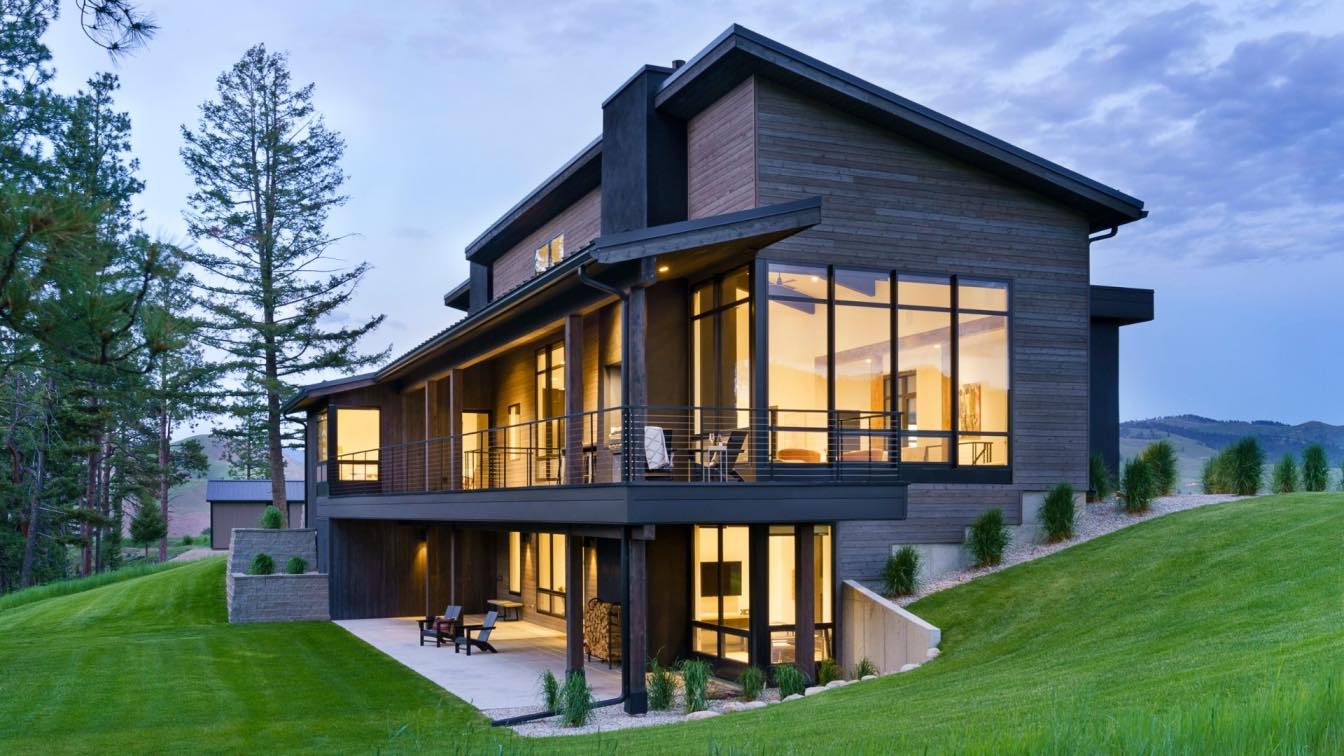beef architekti: Visiting the island repeatedly in the process of looking for the right plot of land we were impressed by traditional stone houses in cities and the countryside of Mallorca. 'Pedra en sec' is a very simple and inexpensive local dry stone construction technique and it has been used here since prehistoric times.
In 2018, it was declared Intangible Cultural Heritage of Humanity by UNESCO. Learning from local architecture, the house re-uses its traditional elements in contemporary typology and incorporates them along with a simple energy efficiency concept based on natural ventilation and heat accumulating properties of its massive walls.
Mallorca is an island full of beautiful natural landscapes together with picturesque stone towns full of history and tradition. We came as unaware visitors, who learned step by step how to enter the mediterranean territory with respect to the vernacular architecture.
 image © Tomeu Canyellas
image © Tomeu Canyellas
Our design reflects it by using traditional techniques and materials as stones from a local quarry. The stone facade, which is based on typical design that can be found all over the island as a fence or retaining walls that are constructed by using a traditional dry technique 'Pedra en sec'. This local design has been declared as an intangible Cultural Heritage of Humanity by UNESCO in 2018.
Besides the aesthetics, the massive facade helps to keep the house cool during the summer months and has a great potential for accumulating the heat in winter.
The house respects the local conditions, therefore it offers a number of natural shading or ventilating systems.
First of all, the windows are pushed inside of the structure in order to create shading out of the concrete slabs.
 image © Tomeu Canyellas
image © Tomeu Canyellas
Folding wooden shutters are another natural heat prevention. They reflect the facades of traditional houses on Mallorca. Narrow vertical lamelas create a tender shadowplay in the interior, which complements local traditional atmosphere. Spaces in between the lamelas allow air circulation even while the shutters are closed.
The design proposes natural ventilation, which can be used locally or in the whole house according to current needs. Various window openings on each story allow the fresh air to come in and flow through the house up to the skylights, which provides vertical and horizontal ventilation.
The house is in harmony with the local architecture by using traditional materials, techniques and empiric principles. The stone facade continually flows into the interior in a combination with the lime plaster „Estuco de cal“.
 image © Tomeu Canyellas
image © Tomeu Canyellas
Our intention was to keep the background interior moderate, which allows the custom-made furnishing stand out. Wood, local stone and concrete are the dominant used materials.
Each material has a specific role in the design. The wooden lamelas adjacent to the staircase creates vertical axes or a „skeleton“ of the house.
A group of handmade ceramic pendant lights perform a unique impression above the dining table.
And at the end, an abstract bronze angel statue is facing the view with a position in the entrance hall.
The surroundings together with the position of the house create different views on each level. On the bottom story you are visually connected with the neverending sea. On the other hand, from the rooms, which are situated on the higher story, the beautiful illuminated city is visible during the night hours.
The city can be seen through the gap between the sloping terrain and pine treetops. The final third view is from the infinity pool, where the pool water continuously blends with the sea and horizont.
At the end Casa Fly allows its dwellers to experience extraordinary moments.

















































About studio
BEEF ARCHITEKTI is an architecture studio founded by Rado Buzinkay and Andrej Ferencik in 2004 after completing their studies at STU Bratislava, TU Wien and ETH Zurich.
It is our belief that carefully designed and built spaces directly influence lives of peoples and communities using them. That's why our works primarily focus on creation of liveable spaces in all forms and scales working closely with our clients. We believe that building durable architecture with a strong social acceptance is the best way both to reduce the environmental impact of the building industry on the planet and also to invoke positive social change and innovation.

